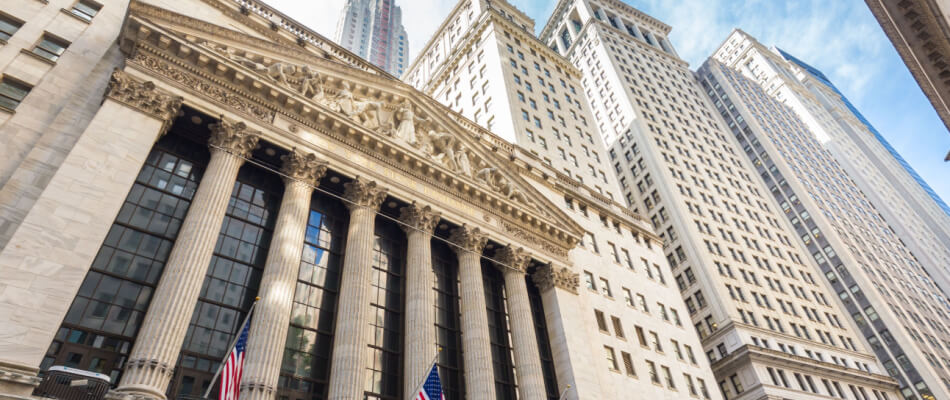Well-known stock exchange indices
If you have decided to start investing, it can be quite difficult to choose the right investment. Even people who have been investing for a long time and have therefore gained a lot of experience, still sometimes doubt the choice they have made regarding their investments. You never know how ‘healthy’ the shares are in which you invest or in which you want to invest. That is what stock market indices are for. These are groupings of share prices that are chosen in the right way based on a number of strict criteria. These stock market indices can never give a guarantee with regard to the return that you could achieve.
No one knows exactly how the stock market will develop. Such an index can function as a kind of quality label. If you were to look at a number of indexes, you would be able to see which descriptions are given to the various shares and funds. These descriptions have all been created by carefully comparing the trends of the past few years and based on that, making a judgement about the various listings. However, it is still the case that the price of the funds could suddenly change, which would require the description to be adjusted somewhat.
There are all kinds of stock market indices worldwide. Here are various stock markets highlighted;
AEX
The AEX is the most important Dutch stock market index. This index provides an overview of the price development of the 25 shares with the largest market capitalisation on the Amsterdam Stock Exchange.
BEL20
The BEL20 is a stock index belonging to 20 companies that are active in Belgium. These are companies that have been selected by the international stock exchange company Euronext based on strict conditions. These conditions include a clean market capitalization, sufficient tradability and solid liquidity. The list is reassessed every year.
FTSE 100
The abbreviation for this index stock exchange stands for Financial Times Stock Exchange. This includes all companies that belong to the London Stock Exchange. The position of this index on the list is determined by their market capitalization.
Euro Stoxx 50
This contains the fifty most important shares within the Eurozone. These are shares belonging to large companies. These companies are called ‘blue chips’. The blue chip stands for the label of the same name that a company receives if it has a good reputation, is financially stable and has been established in the sector for a long time.
DAX
The DAX belongs to Germany. It consists of 30 German companies that are selected based on their market capitalization and trading volume. The market capitalization means the total value of their shares.
Dow Jones
Another well-known one is the Dow Jones, which is an abbreviation for Dow Jones Industrial Average. This is the oldest index in the US. Industrial is not that relevant anymore. There are only a few real industries in this index. You can think of companies like Walt Disney, Axxon Mobil and Microsoft that are part of this index. The above-average shares have a greater weight within this index.

S&P 500
This index includes 500 American companies with the largest market capitalization. The list is compiled by credit rating agency Standard & Poor’s.
Nasdaq 100
This is perhaps the most famous index of Nasdaq. This is the most famous stock exchange of the US. It mainly contains technology companies. The list consists of 100 American technology companies that have the biggest name and are among the most traded American companies.
Hang Seng
This is an index consisting of 50 largest companies in Hong Kong.
CAC 40
The abbreviation stands for Cotation Assistée en Continue. This is an index of the 40 most important companies in France, ranked by market capitalization on the French stock exchange.
Nikkei 225
This is the main index of the Tokyo Stock Exchange. These are only shares that belong to companies and not to funds. These shares are reviewed annually and included in the price-weighted index.
Compare brokers and start index investing
Are you excited about index investing after reading this article about indices stock exchanges? Compare brokers with index investing and find the broker that suits you best!